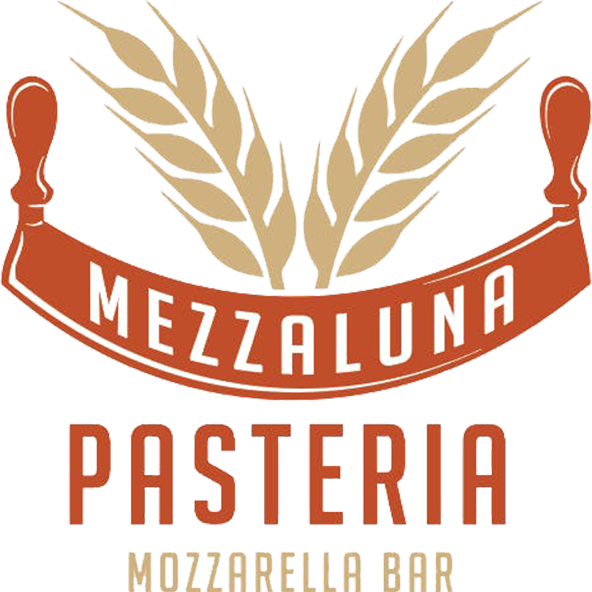Press
-
Edible MontereyEdible Monterey Bay Spring 2021(opens in a new tab)
-
Modern LuxuryWhere to Explore Along the Coast(opens in a new tab)
-
Edible Monterey BayWinter 2022 Digital Edition(opens in a new tab)
-
Monterey HeraldMike Hale, The Grub Hunter: When it comes to cocktails, Mezzaluna is raising the bar in Pacific Grove(opens in a new tab)
-
Monterey County WeeklyMezzaluna Pasteria and Mozzarella Bar(opens in a new tab)
